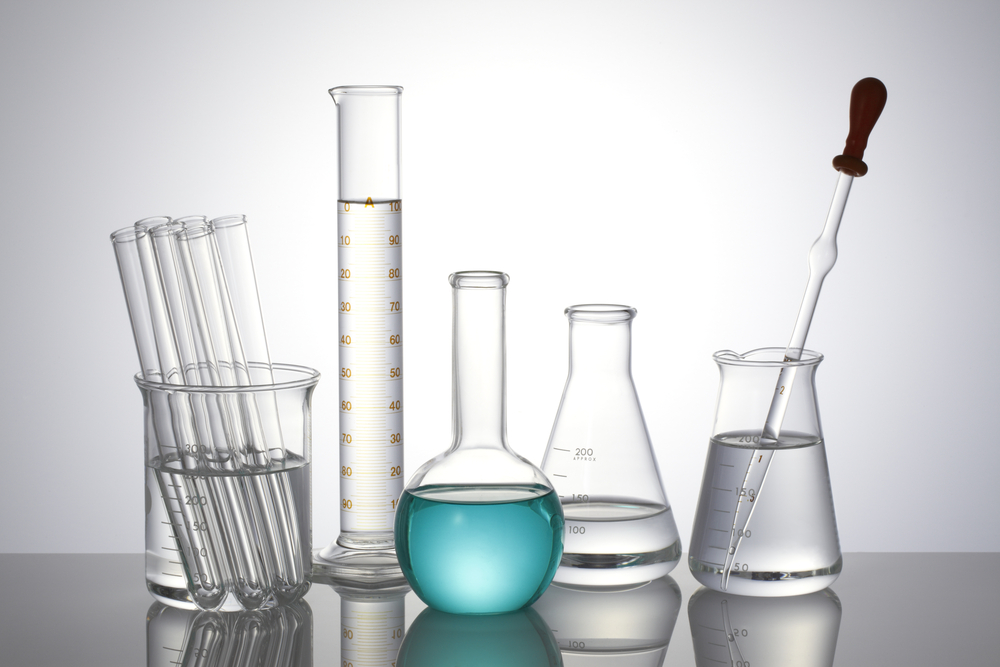
Basic Laboratory Glassware and Equipment
Picture the modern lab. What do you see? Chances are, you’re picturing a lot of complex instruments and glassware. And you wouldn’t be wrong! Every lab, regardless of industry, relies on equipment and glassware. They’re an integral accessory to any lab’s work. However, are you familiar with the purpose of every glass beaker or pipette that lab workers use?
In this post, we’ll discuss the basics of the most popular lab glassware. Also, we’ll break down their purposes, functions, basic care and maintenance and how to keep them working flawlessly.
1. Pipettes
Most lab workers can recognize a pipette right away. Also, like most lab glassware, pipettes involve handling liquids. A pipette is a laboratory tool that scientists use to transport a specific volume of liquid or solution. Additionally, they both measure and contain the liquid in order to guarantee total precision.
Pipettes come in a very wide variety of models. Also, they require regular calibration in order to keep them working properly. The Clinical and Laboratory Standards Institute recommends calibrating pipettes every three to six months. Without calibration, your lab’s measurements and data can suffer.

2. Beakers
Obviously, this is probably the first glass instrument that comes to mind. Without a doubt, it’s the most commonly-used glass in any scientific field. They’re simple, easy-to-use containers that lab workers use to stir, heat or dispense liquids. Cylindrical beakers with flat bottoms, known as Griffin beakers, are the most popular.
For the labs that handle caustic or abrasive chemicals, they need to choose their beakers carefully. Therefore, if your lab’s concerned about breakage, it’s best to seek out chemical-resistant polypropylene beakers.
3. Flasks
Admittedly, flasks and beakers share a lot of the same attributes. However, one very distinct feature is the wide body and narrow neck. But, like the beakers, flasks are perfect for mixing, heating and dispensing liquids. In addition, workers use flasks to prepare solutions and contain volatile chemical reactions.
The most popular flask is the wide-mouth Erlenmeyer flask. They come in a variety of different capacities and are generally cost-efficient tools. Also, general science labs usually have many of these on hand.
4. Test Tubes
Along with pipettes, test tubes are a very recognizable tool. While pipettes measure and transport liquid, test tubes are best for standard procedures like culturing or performing chemical reactions. In addition, they’re used synonymously with centrifuges. Whereas other glassware comes in a handful of different sizes and selections, test tubes come in countless different sizes.
Most labs that use test tubes have well over a hundred on hand. However, the most common sizes are 15 x 125 millimeters and 25 x 150 millimeters. The first unit describes the tube’s diameter and the second, the length. Also, if you plan on stocking up on test tubes, be sure to invest in a test tube rack! Test tube racks will keep your tubes stationery and in one piece.
Conclusion – Cryostar Industries
At Cryostar, our primary mission is always to serve the scientific community and to help them carry out their work flawlessly. Therefore, between our rental and repair services, we assist labs in all fields accomplish their goals on a daily basis.
| Call for Immediate Lab Services |
|---|
| Long Island, Nassau & Suffolk County Call: 516-333-4006 |
| The Bronx, Manhattan, Brooklyn, Queens, & Staten Island Call: 718-885-0833 |
| Albany & Southern New York State Call: 800-564-5513 |
| Piscataway, Northern & Central New Jersey Call: 800-564-5513 |
| Danbury Connecticut & Surrounding Areas Call: 203-748-7343 |
24/7 Emergency Service |